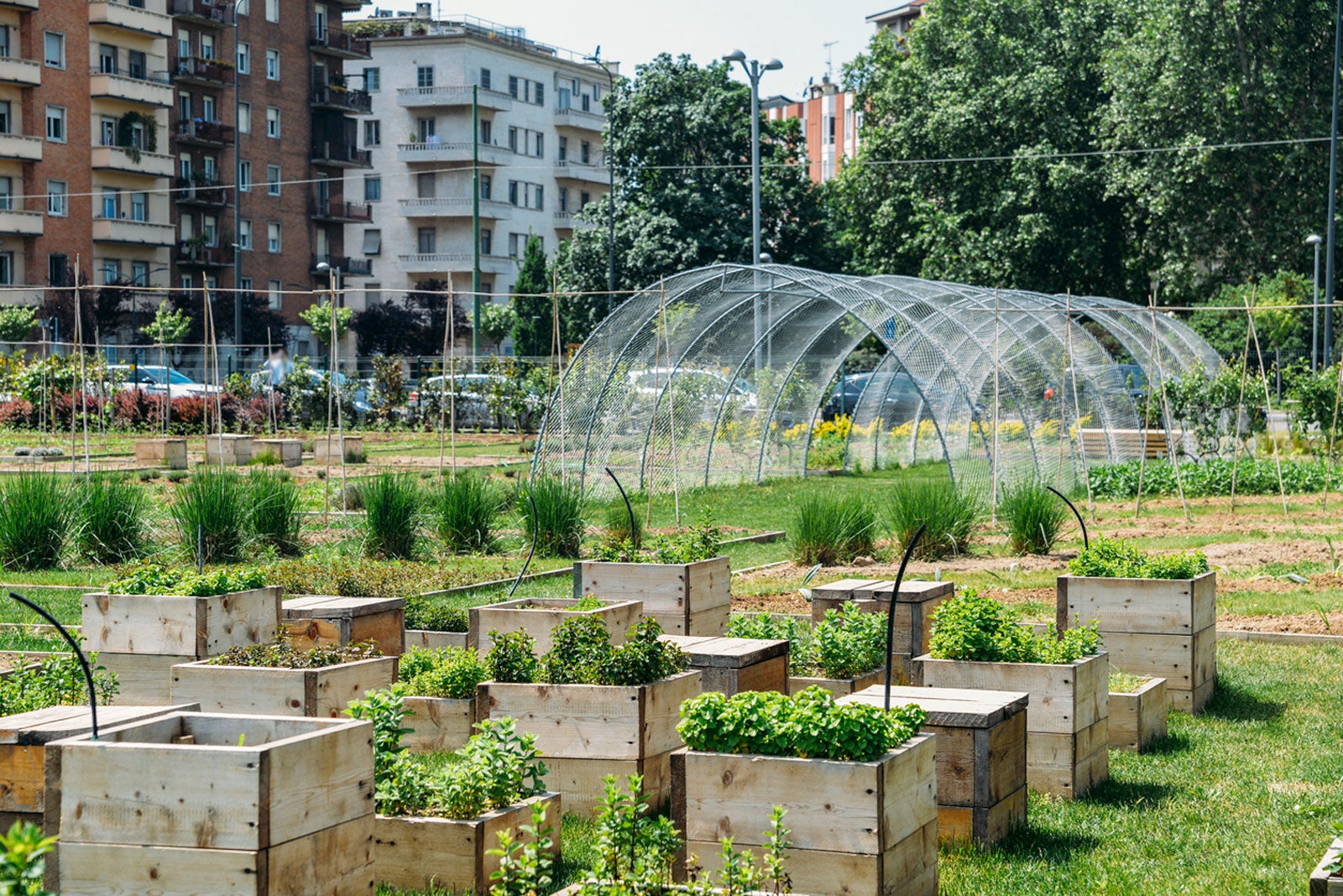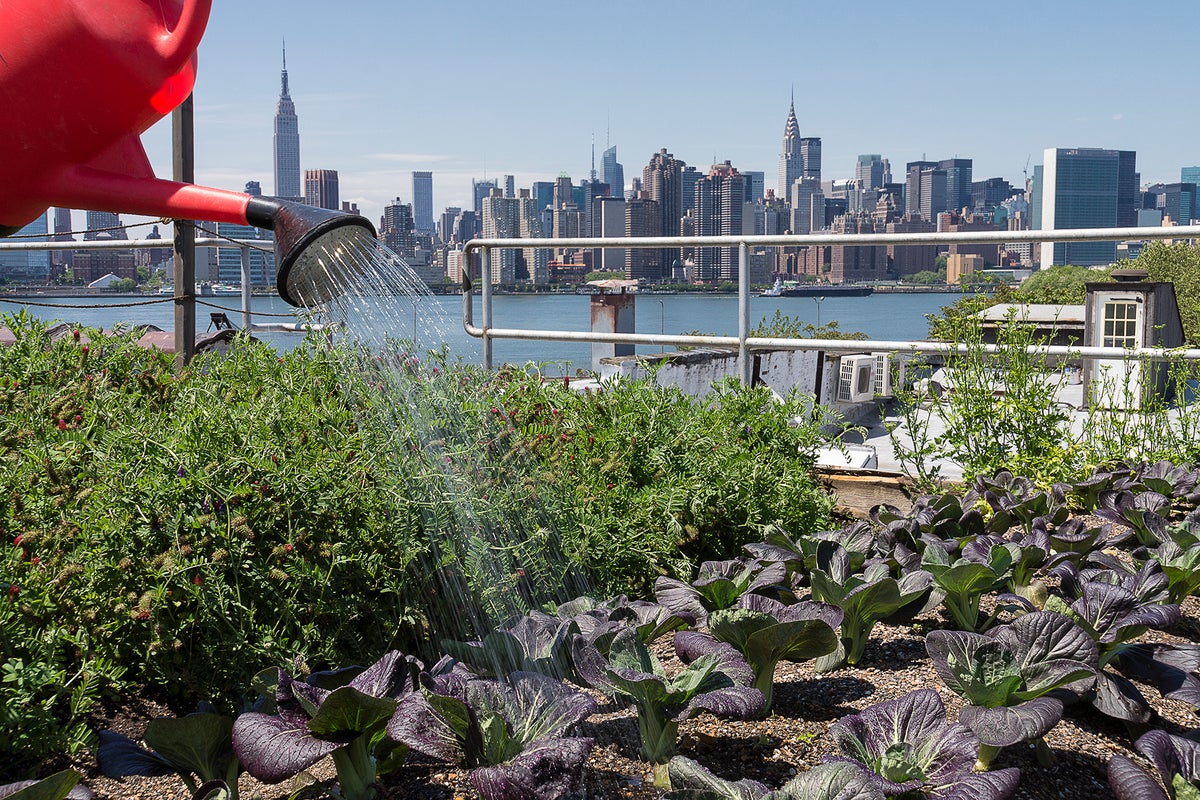Not known Details About City Blooming
Not known Details About City Blooming
Blog Article
All About City Blooming
Table of ContentsAll About City BloomingWhat Does City Blooming Mean?An Unbiased View of City BloomingThe smart Trick of City Blooming That Nobody is Talking AboutThe Definitive Guide for City Blooming
Intrigued in expanding food for sale in the City of Chicago? Below is a listing of regularly asked questions regarding the regulations and policies that growers should consider when preparing an urban farming job.
The zoning amendment does not change any type of other codes handling composting, structure authorizations, acquiring or renting City owned building, organization licenses or environmental contamination. There are existing codes that regulate these issues and they remain completely impact and may apply to your job. Neighborhood gardens are normally had or handled by public entities, civic organizations or community-based organizations and preserved by volunteers.
Urban farms expand food that is intended to be sold, either on a nonprofit or for-profit basis. Due to their commercial objective, metropolitan ranches require an organization permit.
The Ultimate Guide To City Blooming
The quantity of compost material can not exceed 25 cubic lawns at any kind of offered time according to the criteria in 7-28-715 of the City's Municipal Code. Since the dirt at many brand-new garden sites requires amending, compost, soil, timber chips, or various other products can be acquired to build or enhance the growing space.

If a building authorization is needed then the hoophouse will be considered an accessory structure. You can learn more regarding the building permit requirements by calling the Division of Buildings. The 25,000-square-foot size restriction is intended to avoid a single area garden from dominating a provided block or interfering with the block's existing household or business personality.
The limit does not relate to gardens found in Public Open Area (POS) districts. Can there be more than one community garden that is 25,000 square feet on a single block? Yes. The size limit applies to individual gardens, not to individual blocks. No. Fence is not needed, however, yards that have big parking lot may be called for to mount fencing or various other landscape design attributes.
City Blooming Fundamentals Explained
B1 & B2 areas require that all industrial usage tasks be performed inside your home. R areas limit industrial activity. The regulations mirror the purpose and intent of the Zoning Code. Is fencing required for metropolitan ranches? Yes. Fences may be called for, together with landscaping and testing, for sure parking lot and outside work or storage space areas depending upon area and the particular activity happening.
Yes. Urban ranches call for structure licenses and zoning authorizations prior to building and construction. Other forms of city evaluation may be required depending on specific frameworks, activities, size, landscaping, licensing, public heath and stormwater monitoring concerns. Much of these demands are identified in the task style or permitting procedure, nonetheless, the applicant may be accountable to independently identify certain licenses or allows that might be needed.
The Department of Organization Affairs and Customer Protection can help figure out the details type of business license that's called for. Off road car park is needed for most commercial projects in Chicago. The needed number of auto parking areas is based on the number of employees functioning on site and not the square video footage of the growing area.
Not known Details About City Blooming

An urban farm can offer compost material generated on site, nonetheless, the operation has to conform with the laws in 7-28-715 of the Chicago Municipal Code. Aquaponic systems are allowed inside your home on city ranches in numerous zoning districts.
Up to 5 hives or nests of honey bees might be kept as an accessory use. However, beekeepers should sign up with the Illinois Division of Agriculture. For additional information concerning the recommended zoning additional resources change you might speak to the Division of Housing and Economic Growth, Bureau of Preparation and Zoning at 312.744.8563.
, which takes area in country areas at the side of residential areas.
How City Blooming can Save You Time, Stress, and Money.
It can involve a movement of natural growers, "foodies" and "locavores", who seek to form social networks based on a common values of nature and area holism. These networks can develop using formal institutional support, ending up being incorporated right into regional community preparation as a "shift community" activity for sustainable city development.
In either situation, the a lot more direct accessibility to fresh vegetable, fruit, and meat items that might be realised via metropolitan agriculture can boost food protection and food safety and security while reducing food miles, causing lower greenhouse gas discharges, thus adding to climate adjustment mitigation. Several of the very first proof of urban agriculture originates from Mesopotamia.
Report this page